John Carpenter's Christine is a Lean, Mean Machine; Also Very Silly
It's the silliest automotive-themed Stephen King movie this side of Maximum Overdrive!
Stephen King is not synonymous with quality cinema; he’s more associated with quantity cinema. Perhaps the most commercially successful American author of the last hundred years, King has unsurprisingly inspired many adaptations, but they deviate wildly in creative worth.
King’s early novels were realized onscreen by some of the greatest American horror filmmakers of all time, and, in non-frightmaster Stanley Kubrick, one of the greatest American filmmakers, regardless of genre.
King’s work was adapted by Brian DePalma (1976’s Carrie), Kubrick (1980’s The Shining), George Romero (1982’s Creepshow), David Cronenberg (1983’s The Dead Zone), and John Carpenter (1983’s Christine).
That’s a murderer’s row of top-tier frightmasters. King didn’t just have the incredible honor of having David Cronenberg and John Carpenter make movies out of his novels; the legendary horror filmmakers cranked out well-received adaptations in a two-month span. The Dead Zone was released on October 21st. Christine followed on December 9th, 1983.
Christine was released in the same auspicious year as The Dead Zone and Lawrence Teague’s Cujo. King became legendary for combining the fantastic and the everyday.
He’s peerless in combining the commonplace and the creepy. Cujo and Christine transform cute dogs and fast cars, wholesome staples of American life, into figures of pure evil.
Christine opens in 1957, with its titular four-wheeled villain on an assembly line. As the opening anthem from George Thoroughgood and the Destroyers subtly conveys, this mean machine is bad to the bone.
In the novel, the titular Plymouth Fury is possessed by the evil spirit of its original owner. He was a criminal, a creep, and an all-around degenerate.
Carpenter and screenwriter Bill Phillips merely hint at the cause of the car’s evil mojo here. They establish that its former owner was unhealthily obsessed with the car and that multiple families died inside Christine, but they do not go the extra step and explicitly establish the exact cause of Christine’s murderous evil.
Christine’s primary problem is its premise; no amount of craft or intensity can hide the ridiculousness of a horror movie about a classic car that kills.
It would have made the movie markedly less silly if the crazy-ass motherfucker that owned Christine initially had transferred his sick, everlasting soul into a piece of machinery that he loved more than anything else in life.
How silly would Child’s Play be if they’d never established that serial killer Charles Lee Ray had transferred his soul into a children’s doll via a voodoo ritual just before he died? It would have been preposterous! Unrealistic, even! Wholly lacking in verisimilitude!
Yet, Christine illustrates that its four-wheeled vessel of doom was killing people for transgressions as minor as dropping cigar ash on its interior before its first ride.
Two decades later, the once gorgeous car is in disrepair. She is but a shell of her former beauty. For Poindexter Arnie Anderson (Keith Gordon), however, it’s love at first sight.
He sees something in the broken-down car that nobody else does, something that fills him with a sense of longing and purpose. He doesn’t just want the car; he needs it. He feels a mighty hunger for it that surprises and alarms his best friend, Dennis (John Stockwell, who, like Gordon, would go on to work primarily behind the scenes as a director).
Arnie undergoes a dramatic physical and psychological transformation that requires him to begin the film in the geekiest state of nerddom. He is bullied by fellow students who confusingly appear to be in their mid-to-late 20s. His geeky glasses are inelegantly held together with tape, and he wears a pocket protector.
What a nerd! I was bullied relentlessly in high school, and I even wanted to shove the geek in a locker after first giving him a wedgie and a swirlie. Fortunately and unfortunately for Arnie, he’s about to get cooler, sexier, and more physical while transforming into a monster.
Arnie and Dennis are a mismatched pair. Dennis is handsome, popular, and socially adept. Arnie is hopeless and clueless and appears to have only one friend.
Alexandra Paul co-stars as Leigh, a beautiful new classmate with whom an increasingly confident and self-assured Arnie strikes up a romantic relationship. However, he seems less sexually attracted to her than he is to his best friend and his car.
There’s something innately sexual about automobiles. They’re a popular spot for adolescents to make out in, but they’re also status symbols helpful in attracting the opposite sex or the same sex, depending on your preference.
The Dead Zone director Cronenberg made a film about the transgressive sexuality of car and crash fetishists in 1997’s Crash, but Carpenter is more subtle and artful in his exploration of the sexual nature of our obsession with automobiles.
Arnie doesn’t just like his new/old car. He loves it with an intensity that is at once overwhelming and all-consuming. Leigh might be the most beautiful girl in school, but when it comes to winning Arnie’s affection, she cannot compete with Christine. Nothing and nobody can.
Arnie’s acne clears up. His eyesight improves, so he no longer has to wear glasses. His personality changes as dramatically as his appearance. He’s no longer a meek dweeb tormented by bullies.
The former geek begins behaving like a dead-eyed sociopath obsessed with Christine and intent on hurting anyone who harms her.
When suspiciously elder-seeming bullies take out their rage on Arnie’s car, they enact fearsome revenge by killing Arnie’s enemies one-by-one. Christine doesn’t just kill people; she blows up a gas station and then emerges as a flaming beast from hell out for retribution.
Gordon begins the movie a hapless hero, then morphs, under Christine’s sinister influence, into an anti-hero before becoming a villain in Christine’s second half.
Christine has a tremendous asset in its sleek, powerful beauty of a titular automobile. She’s relentless and unstoppable, a preternaturally resilient metallic beast that operates independently of Arnie and can repair itself after getting into hellacious crashes.
We increasingly see the action through the horrified eyes of Dennis and, to a much lesser extent, Leigh. They’re convinced, correctly, that Arnie’s turn toward the dark, sexy side is attributable to his all-consuming obsession with his cars.
Christine climaxes, in an anti-climactic fashion, with Dennis and Leigh, who have bonded over their shared concern that an evil automobile is corrupting their friend, crushing Christine with a bulldozer.
Like its title character, Carpenter’s icy adaptation of King’s early novel is a sleek, nasty, and cold machine rendered icier by Carpenter’s synth-heavy score.
Christine uses the oldies on the automobile’s radio to comment on the action, sometimes ironically and sometimes while acting as a Greek Chorus. There’s an element of dark humor in how these seemingly harmless ditties foreshadow the grisly demise of anyone who hurts Arnie or his car.
The pairing of Stephen King, John Carpenter, Goldie Oldies, and a sweet-ass classic car ensured that Christine would have a cult following, but its fans do not include Stephen King or John Carpenter.
King dismissed it as “boring,” although he also famously feels that way about The Shining. For Carpenter, directing Christine was just a job, not something he felt passionately about.
Carpenter wanted to adapt Firestarter, but after The Thing flopped, Mark L. Lester took over as director. Carpenter couldn’t get Firestarter started, so he moved on. Carpenter told SFX that Christine "just wasn't very frightening. But I needed to do it at that time for my career.”
I am not a car guy. But I am a Car-penter guy who thinks that Christine doesn’t need to be scary to be a satisfying motion picture experience.
Christine looks, feels, and sounds like a John Carpenter movie. That’s enough for me.

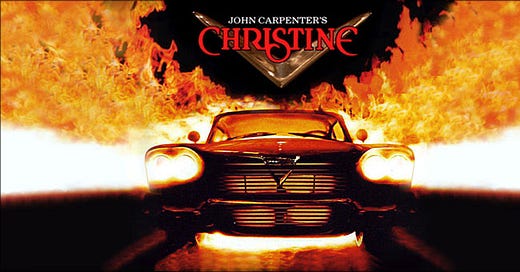



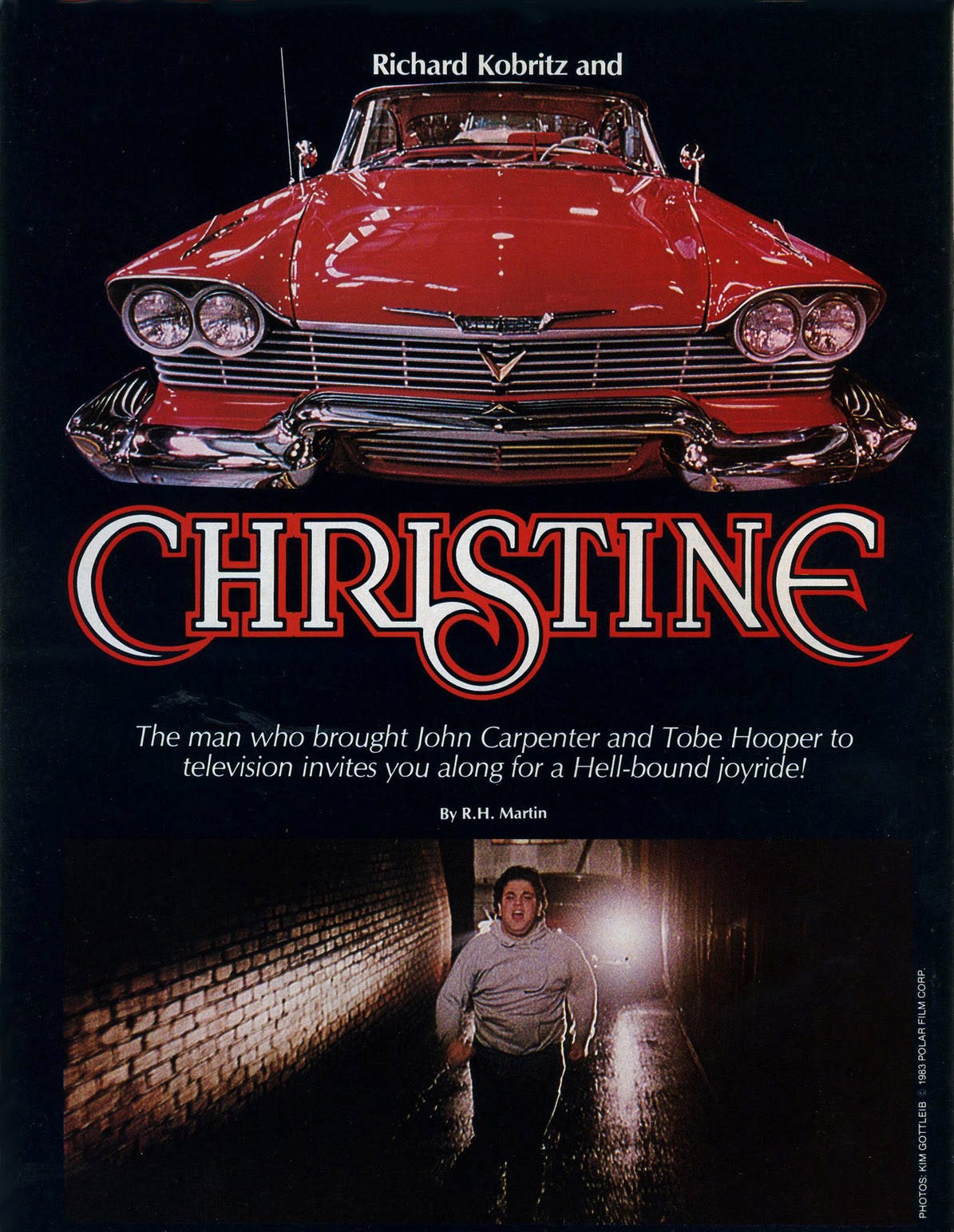
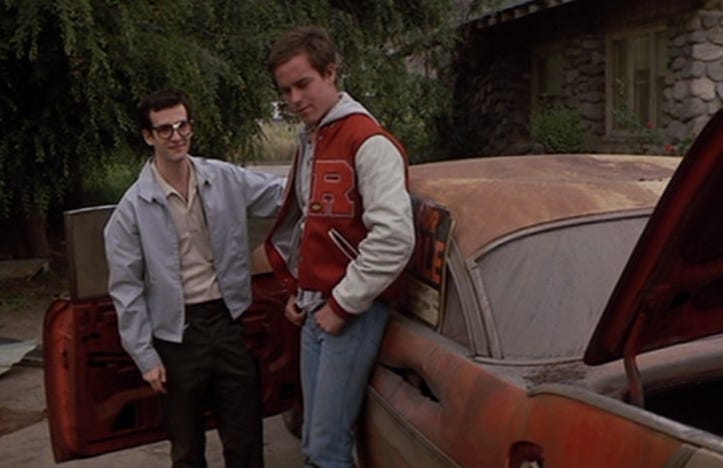
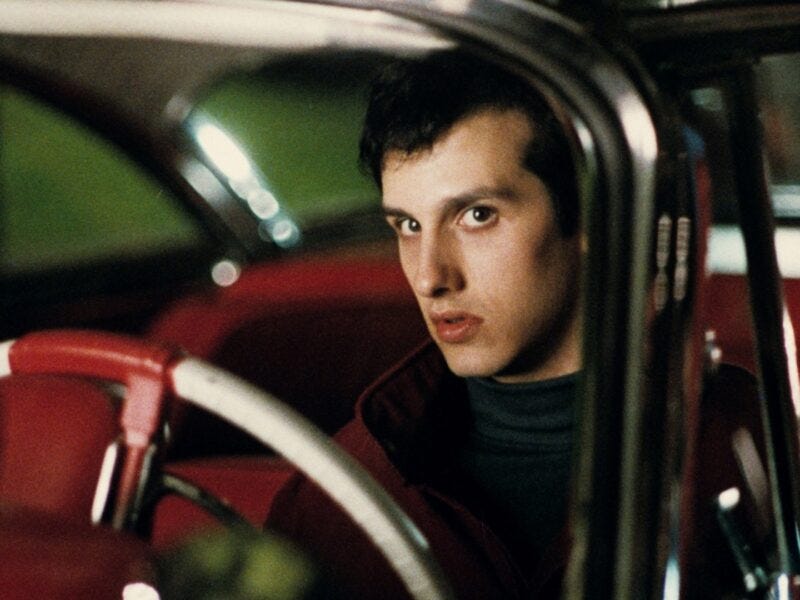

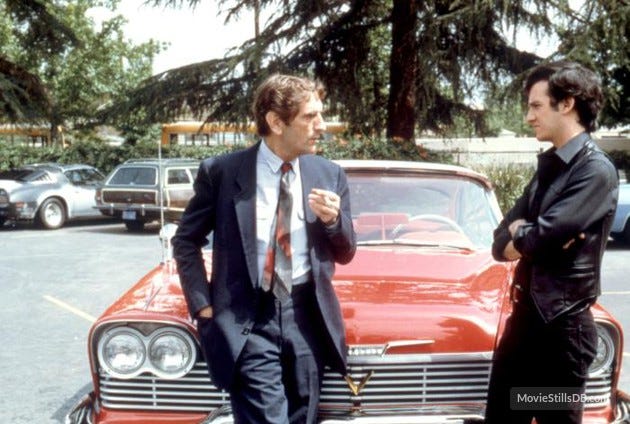
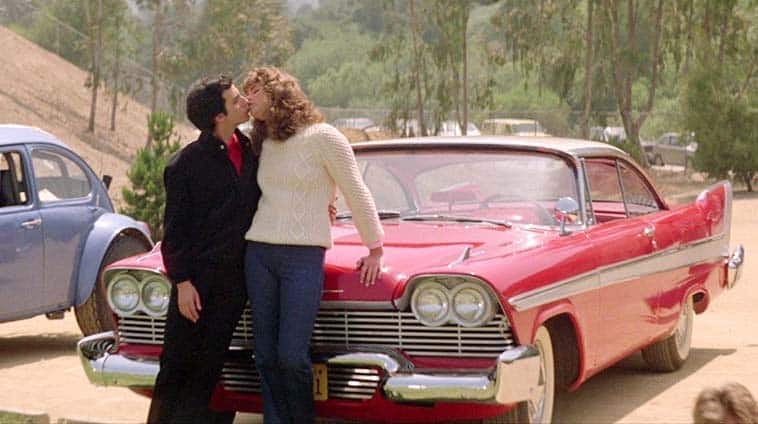
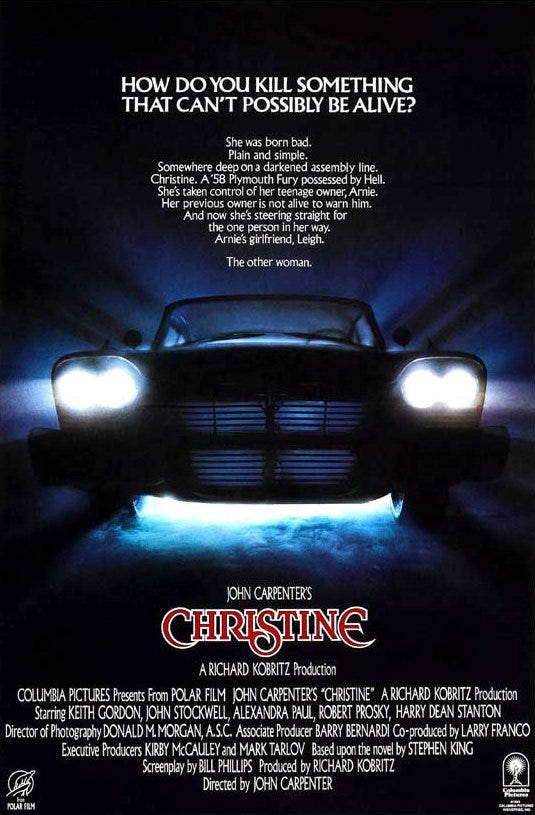
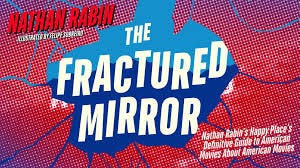
I think it works better that they don’t establish why the car is evil. It’s just born bad.
Cronenberg’s film is Crash, not Drive